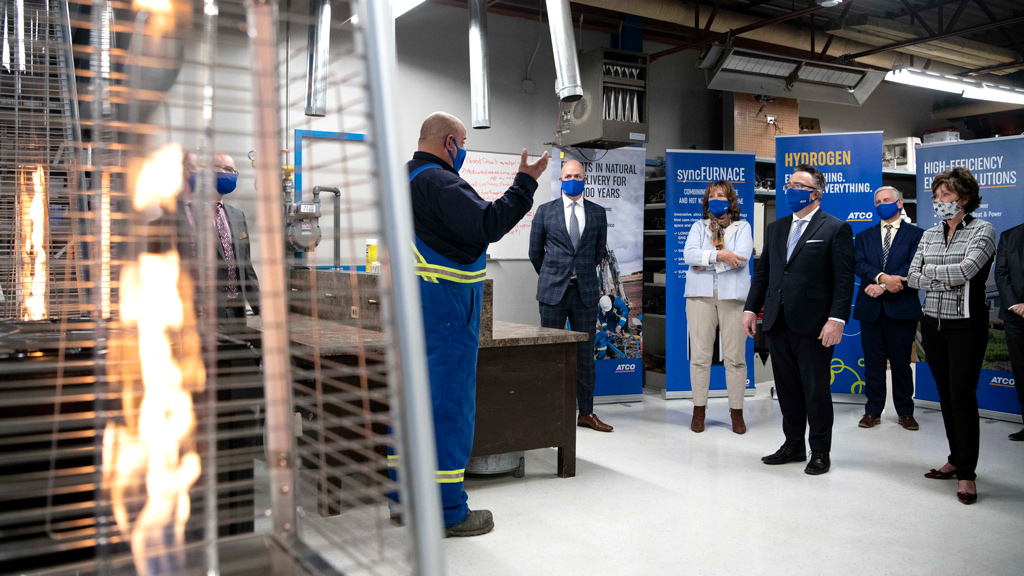CALGARY — Alberta officials will invest nearly $2 million in funding to help accelerate the adoption of new technologies to cut down on greenhouse gas (GHG) emissions from natural gas pipelines.
Funds have been awarded to Gazoduq Inc. through Emissions Reduction Alberta (ERA). The $4 million project will investigate the feasibility of leveraging electrification, artificial intelligence and machine learning to decarbonize natural gas pipelines from Alberta to Quebec.
“This project is another great example of the innovation in Alberta’s natural gas sector,” said Dale Nally, minister of natural gas, in a press release. “As North American leaders in game-changing environmentally focused technologies including carbon capture and storage, Alberta companies already play a leading role in reducing greenhouse gas emissions. New technologies like the ones being introduced by Gazoduq are integral to ensuring Alberta’s energy industry remains world-class in the years to come.”
Gazoduq’s project includes looking at using renewable energy to power large scale electric drives for three compressors used to transport natural gas. At 40 megawatts each, the electrification of compressors at this scale would be the first of their kind. At compression stations where renewable electricity is not feasible, the team would explore utilizing waste heat.
If proven feasible and applied to pipeline routes from Alberta to Quebec, the province estimates up to 1.8 million tonnes of GHG emissions could be cut by 2030. And if rollout of the technology is expanded to 26 units, a cumulative reduction of 6.7 million tonnes can be achieved by 2040, officials said.
In addition to the emissions reduction, the project could also provide an opportunity to deliver natural gas to remote communities along the route, with the participation of local distributers, and allow Alberta to export its natural gas to European and Asian markets, expanding economic opportunities for the natural gas sector and eliminating more polluting forms of energy such as coal.











Recent Comments
comments for this post are closed